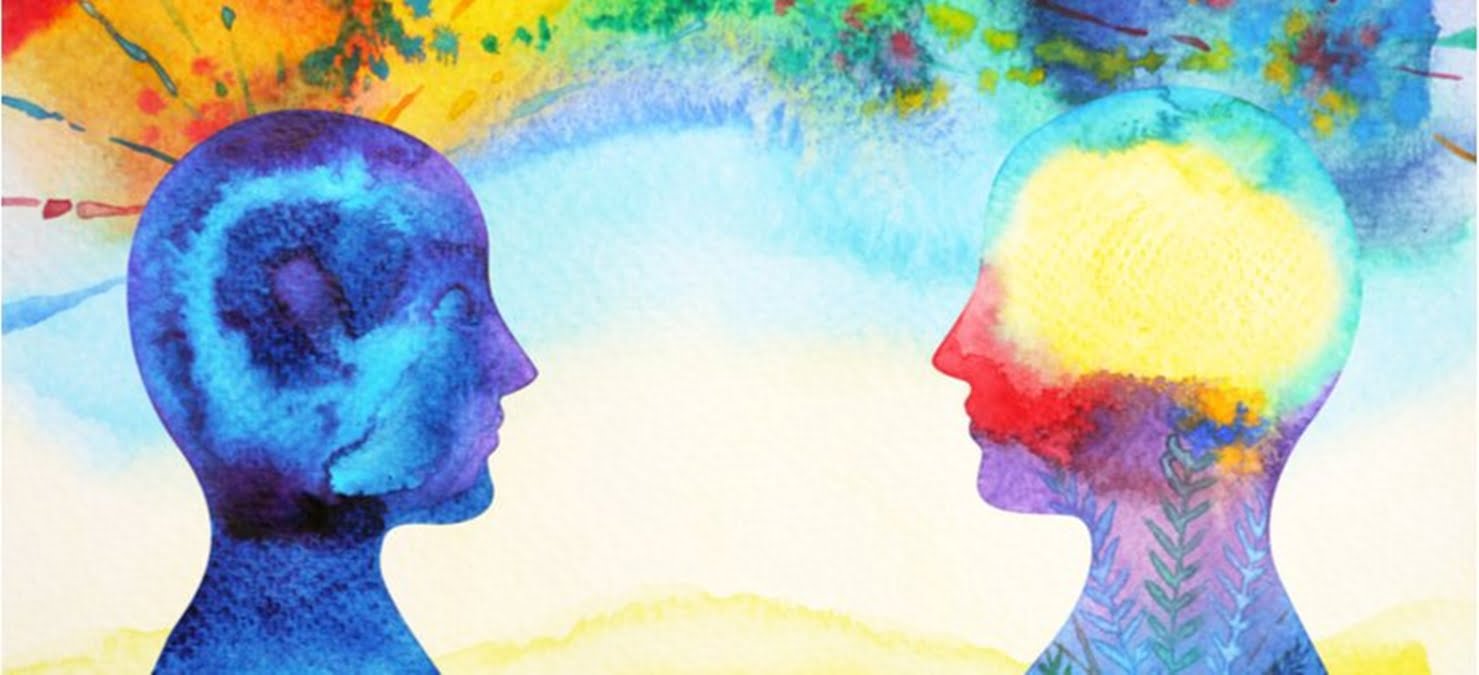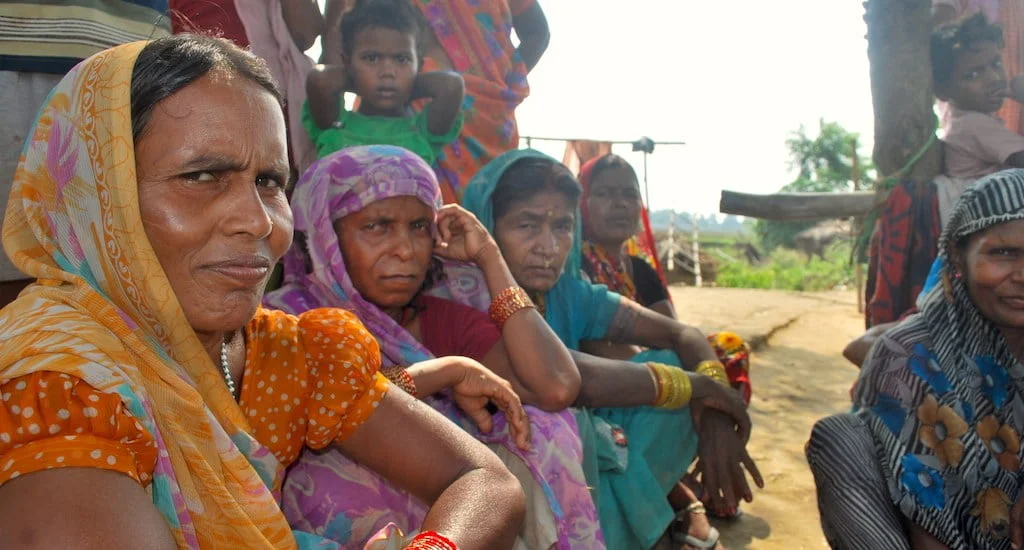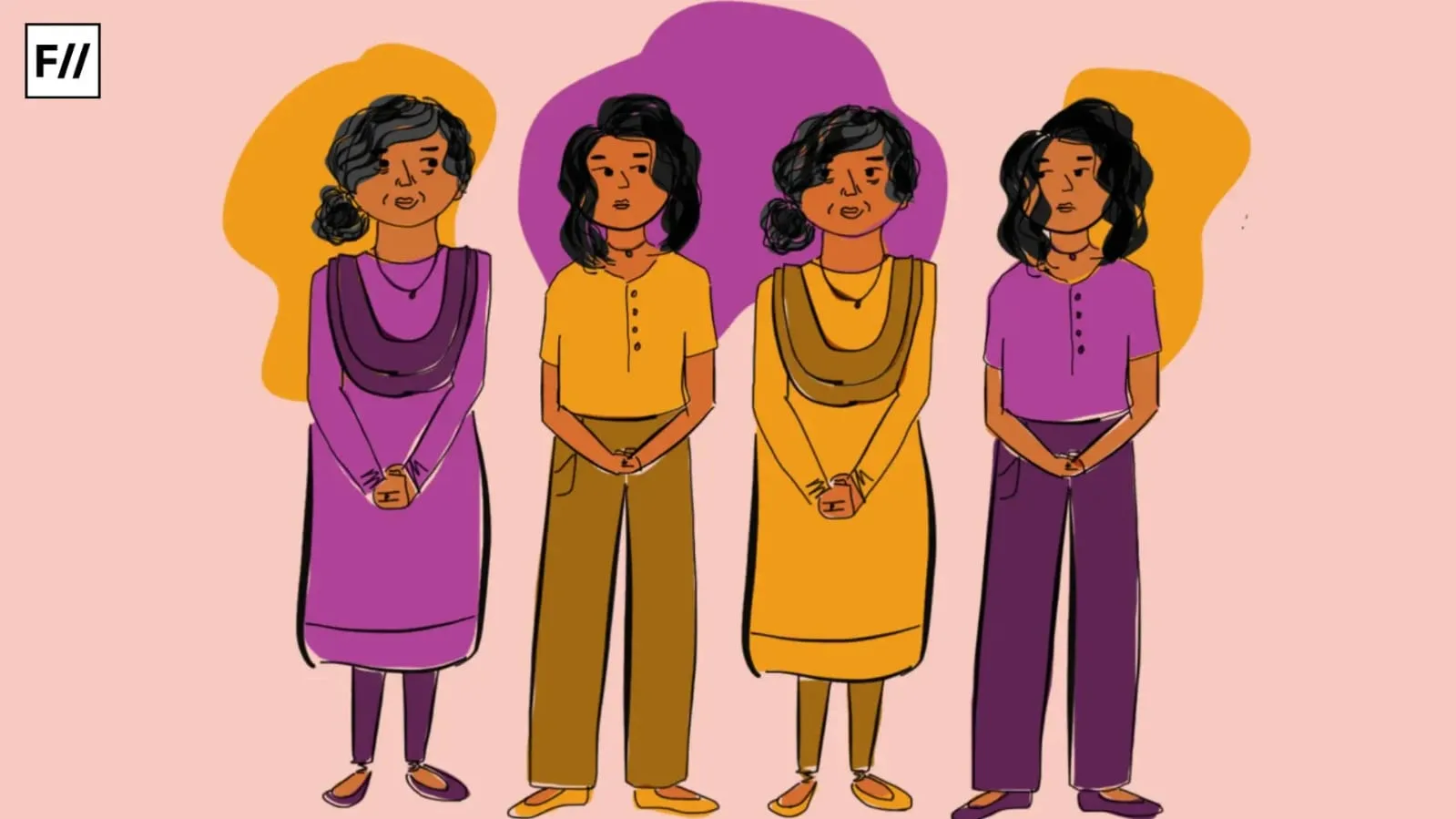We live in a world in which mental health is largely painted as the colour black. It has always been a very controversial focal point of discussion across the globe. Before and now in the midst of a pandemic, the need of mental health awareness has only amplified, considering how it is leaving a great impact on people across communities, albeit in different degrees. Globally, it is projected that India accounted for 15% mental health conditions. Mental health can be defined as one’s cognitive, behavioral and emotional well-being and art therapy is an up and coming form that seeks to help those struggling with mental health concerns.
Mental health can be defined as one’s cognitive, behavioral and emotional well-being and art therapy is an up and coming form that seeks to help those struggling with mental health concerns.
Also read: Why We Need An Intersectional Feminist Approach To Therapy
Art therapy is a niche that is yet to have been tapped into fully. It has been layered throughout these years that art too can provide emotional and mental healing. Creating art has been found to be helpful to explore emotions, cope with stress, develop self awareness and boost your self esteem whilst also improving your cognitive skills. People have been relying on different artistic channels to communicate, express themselves and seek healing for thousands of years. However, the powerful ability of art to influence the mind was always over-coated and undermined. “Art therapy” did not come to practice till the late 1940s.
You must be wondering if art could really be therapeutic in the long term? The answer is yes. Art therapy to a lot of people is a foreign concept, a blank canvas in fact. Putting it in artistic terms, art therapy is abstract. You own the whole canvas, creating your strokes, thoughts, vision encapsulating everything you are feeling. Art therapy integrates the psychotherapeutic with creative processes to improve mental health and well being. Techniques included in the art therapy are drawing, painting, colouring, sculpting or creating collages. The people who enroll for art therapy are encouraged to analyse their creatives and their feelings. It is a mirror process where people look at the theme of their creation and recognise the conflicts within them.
There are different types of art therapy that therapists use for various situations. Given below is a chart which indicates what art therapy is the most useful for different conditions.
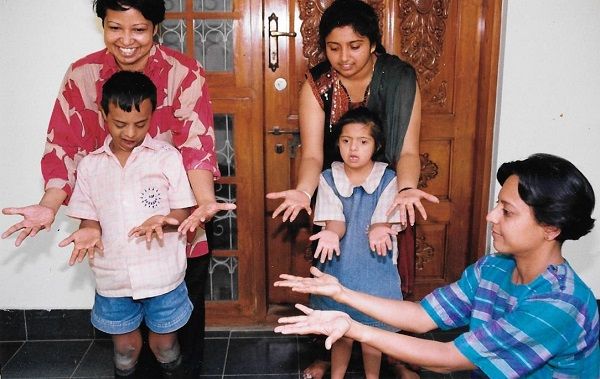
| Health condition | Which form of art therapy will be the most suitable |
| Anxiety | Painting, sculpting and clay moulding |
| Physical conditions: Chronic pain such as Arthritis, Cancer, Hypertension Cardiovascular disease Mental Health: Poor self esteem, Post Traumatic Stress, Depression, Anxiety Cognitive Issues, Dementia, Communication Issues Social Issues: Autism, Violence/Aggression | Dance Therapy: Dance therapy is a very useful form of therapy that uses movement to help individuals achieve social, physical and emotional integration. It is also used for mood management. A study from Alzheimer’s Care Today (2009) suggests that DMT (dance movement therapy) can directly improve memory recall in people with dementia. A literature review from the American Journal of Dance Therapy indicated that DMT may be a treatment option for children on the autism spectrum. |
| Schizophrenia, Trauma, Depression, Brain Injury, Children with emotional disorders, Hearing Impaired, Stress Management, Dementia Care | Music Therapy: Music therapy research and clinical practices have proven to be effective to all age groups. Music therapy can address all people’s needs ranging from emotional to spiritual to psychological. Music Therapy has various ways of addressing and diagnosing a condition. Lyrics Analysis introduces to patients a less threatening way to talk about their emotions, thoughts and experiences. A person who is doing lyrics analysis is encouraged to view different instruments, songs and themes from lyrics that they can connect to the different obstacles in their life and acts as a catalyst to their treatment. Songwriting could be a way to reflect upon what you are feeling and provides an opportunity to express in a positive light. It also helps in boosting self esteem, gives a sense of validation and pride, whilst someone listens and appreciates their own music. Active Music Listening helps in stabilising the mood. Music engages the neocortex of the brain which helps in calming and reducing impulsivity. |
| Grief and Loss, Interpersonal issues, Post Traumatic stress, Learning difficulties, Depression, Behavioural issues related to autism | Theatre/Drama Therapy: The North American Drama Therapy Association defines the therapy as “an active, experiential approach to facilitating change.” Through storytelling, projective play, improvisation to rehearse desired behaviours, one can change the outlook to life and also be the change they want to see in the world. Drama therapy allows them to enact scenes that represent the way they want to live their lives. There is a convincing change in the way they want to live their life and also adapt to life skills. Drama therapy helps in promoting positive behavioural change, integrate physical and emotional well-being and also bring self awareness. A study published in the official journal of the NAFTA, Drama Therapy Review, found drama therapy to be effective for children on the autism spectrum. As a result, it denoted a significant improvement in social interaction as well as the reduction of autism-related externalizing behaviors such as hyperactivity and inattention. |
Art is definitely a catalyst in improving one’s mental health. The growing awareness around art therapy indicates how people are encouraged to try it. Art therapy is not a classic therapy session but it will be a way to discover your own feelings from the art that interests you immensely. For many among us hesitant to take up therapy, art therapy is a viable alternative, and could be perceived as a pass-time which is not only helping you develop various skills but also serving as a mirror of your emotions and mental health.
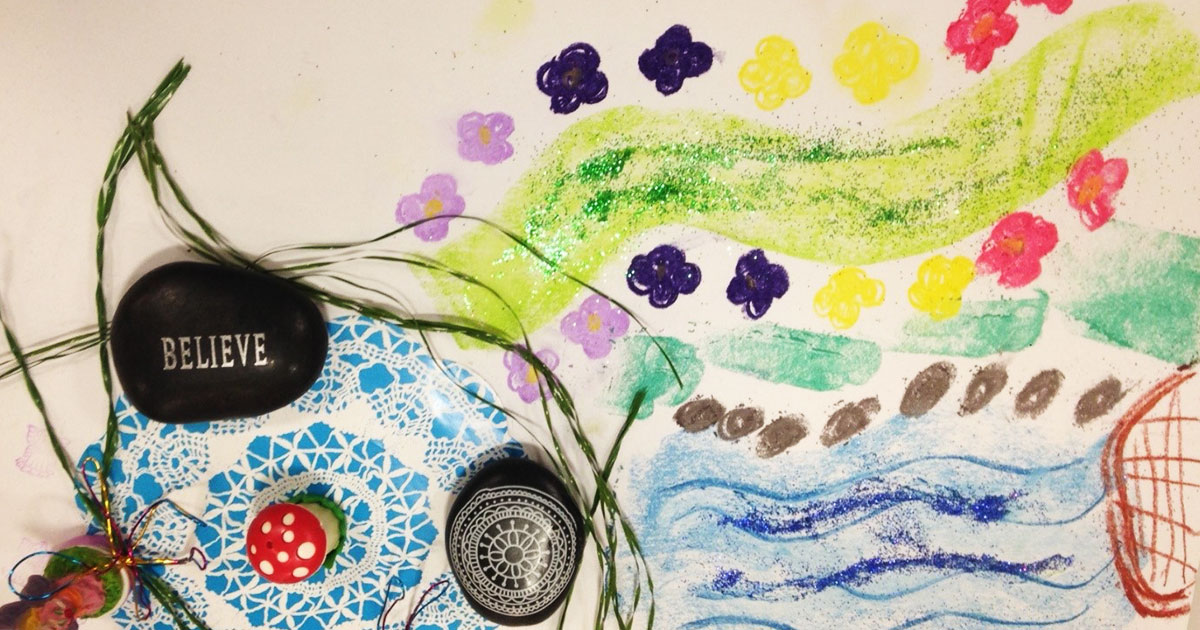
Also read: The Need For Disability-Affirmative Therapy
There are organisations that encourage art therapy as a form of treatment. To name a few:
- Anantaraa Arts-Based Therapy, Mumbai: The center visual art, music and theatre to accomplish individual goals within therapeutic sessions.
- Abhyaantar Healing Arts, Delhi: It works towards helping and encouraging individuals as well as groups to self respect and unravel their inner self. With an emphasis on expressive art therapy, it uses a combination of dance, visual arts, creative writing and drama.
- Sankalpa, Pondicherry: It aims to encourage healing, empowerment and connection by integrating it with art. People are encouraged to create art, draw, paint and doodle without fearing the judgement of others.
- Arth: Andheri West, Mumbai: The center helps to work on individual growth and wellness, dealing with conflict, sexuality and related to health issues.
Art therapy does not just help one set going on a process of healing, it is also fascinating in how it helps one pick an artform they like and thus begins an incredible journey of converting pain into beauty.
Mental health continues to be a matter that have stigmas associated with it. It is time to stop painting mental health in black and explore the spectrum of colours. Art therapy does not just help one set going on a process of healing, it is also fascinating in how it helps one pick an artform they like and thus begins an incredible journey of converting pain into beauty.
Siddhi Shah is currently in her second year of pursuing a Media and Communications degree. She strongly believes in bridging the gap between all societal aspects, cultures. She believes in gender equality and empowerment of the youth. She is also a climate activist and is working on new ways to serve and create. She is a music junkie who loves to travel and has her own fashion blog called Maisonsash. She can be found on Instagram.
Featured Image Source: Dr.Axe
